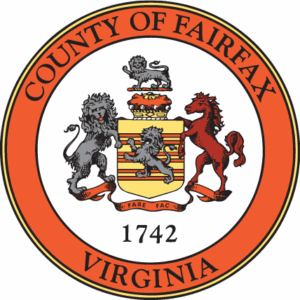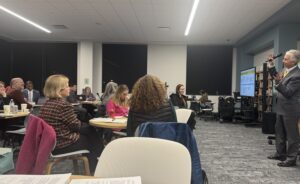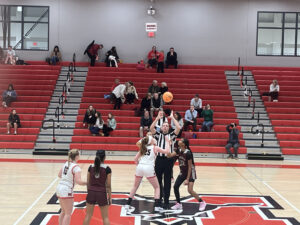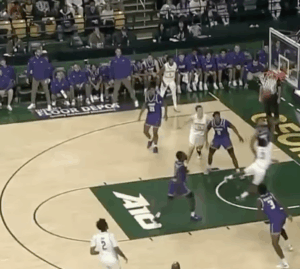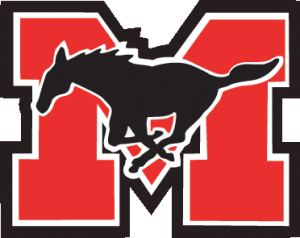
The Falls Church City Council and City Hall staff will have just two weeks, until Aug. 2 before the Virginia State Legislature reconvenes in a special session in Richmond, to figure out how they want $18 million in federal relief funds to be generally allocated. The City got $9 million of the funds in June with another $9 million to come next May, and will have until the end of 2024 to commit to their use and the end of 2026 to expend the funds.
In a tiny jurisdiction the size of Falls Church with its 15,000 people, that’s really a lot of money, over $1,000 for every man, woman and child (the whole operating budget for the year is barely over $100 million). That’s over and above Covid-19 relief funds and other economic stimulus federal dollars being doled out to households and small businesses.
According to convoluted formuli applying to small independent cities, $15.1 million of the total is coming to the City of Falls Church as a pass-through from the Commonwealth of Virginia, and therefore the City needs to have at least a general outline of its spending priorities for the money ready for the Richmond special session.
The spending has to be within the narrowly defined uses outlined for the federal American Recovery Plan Act (ARPA) and the state and local fiscal recovery fund spending plan development and timetable.
The four overarching eligible uses for the funds include (a) a response to public health emergency and negative economic impacts, (b) premium pay for eligible workers, (c) provision of government services to the extent of revenue reduction and (d) investment in water, sewer and broadband infrastructure.
While a staff compensation task force is still working on its recommendations for the second category and the third categories in the criteria, the focus of City Hall deliberations has been on the first and fourth categories. The two “lenses” for those targeted by the City have been long-term transformative impacts and social equity and resilience to public health emergencies.
In the latter context, stormwater and sanitary sewer improvements, and improvements to public spaces have been identified as top priorities. So, in terms of funding priorities, stormwater and sanitary sewer upgrades topped the list, followed closely by improvements to public spaces.
The staff recommended that by the late summer and early fall, the City “should conduct a multi-faceted community engagement process to ensure that the City’s spending priorities are consistent with community priority values and needs.”
City Manager Wyatt Shields said Monday that the coming period will involve considerable collaboration with the City’s School Board, aiming toward a town hall in September.
Council member Debbie Hiscott stressed that a community survey should not be construed as a referendum, but as a way to collect ideas. Vice Mayor Marybeth Connelly agreed, stressing “it should not lead people to believe they’re voting for favorite projects.” Shields agreed that “the design of the survey instrument will be critical.”
Council member Letty Hardi said that adequate money be assured for the public schools to open safely, and to continue encouraging vaccinations. She added ideas like public WiFi “hot spots” be available for rent in the library, that child care resources are critical, and that small business grants be considered to keep some key outdoor spaces open for dining that first became allowable on parking lot areas during the height of the pandemic.
Councilman David Snyder said the emphasis should be on long-term impacts and expensive infrastructure needs. Ross Litkenhous stressed, “We must not fritter the funds on short term ‘nice to haves,’” but see it as a once in every other generation or so opportunity to bring long-term benefits to the City.
One key restriction is that the money cannot be used to retire debt.



